Market Trends
Key Emerging Trends in the Packaging Laminates Market
The Packaging Laminates Market is experiencing significant transformations shaped by technological advancements, sustainability imperatives, and evolving consumer preferences. One prominent trend in this market is the increasing demand for eco-friendly packaging laminates. As environmental consciousness grows, both consumers and manufacturers are prioritizing sustainable solutions. Packaging laminates made from recyclable materials, such as bio-based films and compostable substrates, are gaining traction. This sustainability trend aligns with the global movement towards reducing plastic waste and minimizing the environmental impact of packaging materials.
Another noteworthy trend in the Packaging Laminates Market is the rise of flexible packaging. Flexible laminates offer several advantages, including lightweight design, extended shelf life, and customizable formats. The flexibility of these laminates allows for innovative packaging shapes and sizes, catering to consumer preferences for convenience and on-the-go lifestyles. Manufacturers are increasingly adopting flexible packaging laminates for a wide range of products, from food and beverages to personal care items, contributing to the market's overall growth.
Digital printing technologies are making a significant impact on the Packaging Laminates Market, enabling high-quality, customizable packaging designs with shorter lead times. This trend facilitates brand differentiation and product personalization, as digital printing allows for intricate graphics, vibrant colors, and variable data printing. As brands seek to stand out on crowded retail shelves, the adoption of digital printing in packaging laminates is becoming a key strategy to enhance visual appeal and engage consumers.
The focus on product safety and shelf life extension is driving innovations in barrier coatings for packaging laminates. Manufacturers are incorporating advanced barrier materials, such as metallized films and high-barrier coatings, to protect products from moisture, oxygen, and other external factors that can affect freshness and quality. This trend is particularly relevant in the food and pharmaceutical industries, where maintaining product integrity is paramount.
Smart packaging solutions are emerging as a key trend in the Packaging Laminates Market. These laminates may include features such as QR codes, RFID tags, and sensors that provide consumers with real-time information about the product, including origin, expiration dates, and storage recommendations. The integration of smart technologies into packaging laminates enhances consumer engagement, ensures product authenticity, and contributes to a more interactive and transparent consumer experience.
The anti-counterfeiting trend is gaining prominence in the Packaging Laminates Market, especially in industries such as pharmaceuticals and luxury goods. Laminates with security features, such as holographic films, tamper-evident seals, and unique identification codes, help protect brands and consumers from counterfeit products. This trend aligns with the increasing emphasis on product authenticity and consumer safety.
Reclosable packaging solutions are becoming increasingly popular in the Packaging Laminates Market, driven by consumer preferences for convenience and reusability. Laminates with built-in reclosable features, such as zippers, sliders, or resealable flaps, provide consumers with the flexibility to open and close the packaging multiple times while preserving product freshness. This trend addresses the demand for user-friendly and sustainable packaging options.
The e-commerce boom is influencing the Packaging Laminates Market, as manufacturers adapt laminates to meet the unique challenges of online retail. Laminates designed for e-commerce must provide robust protection during transit, withstand handling, and ensure product safety upon arrival. This trend underscores the need for packaging laminates that balance durability with environmental considerations to align with the sustainability goals of e-commerce companies.

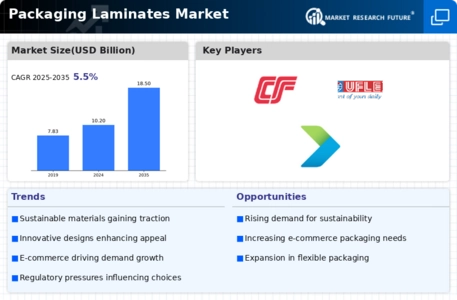
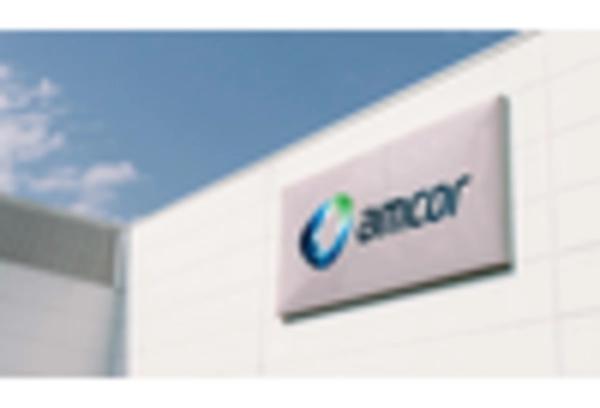

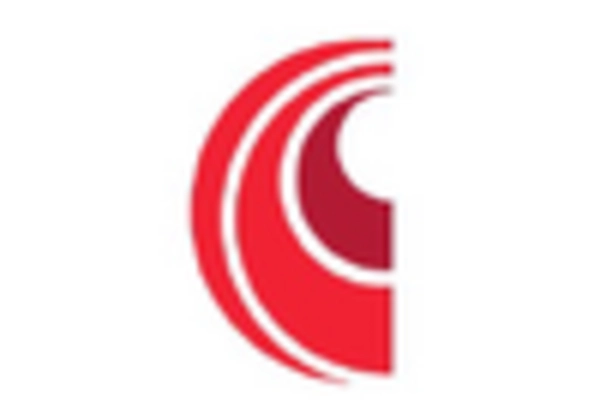

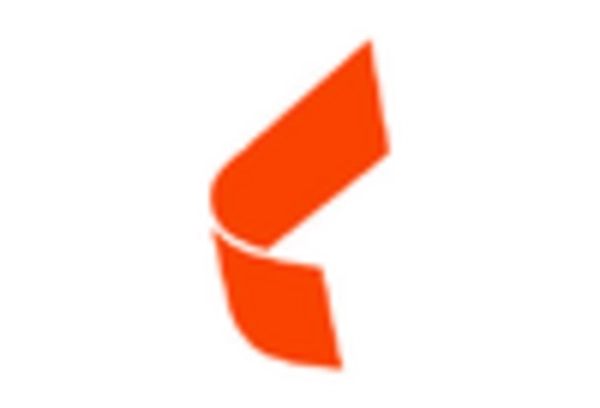
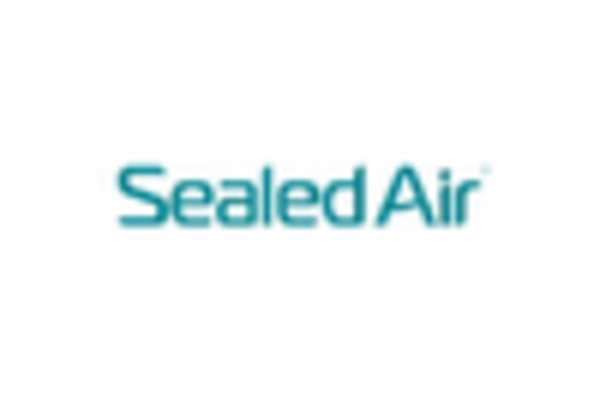









Leave a Comment